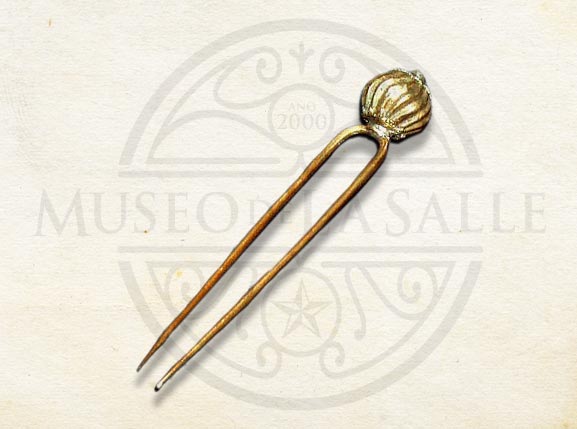- Visit us |
- Virtual Tour |
- VCM

The crowning glory of every woman is her hair, as the saying goes. It is the perfect blank canvas to be adorned with striking jewelry and ornaments. One such iconic hair ornament worn by the upper-class Filipina women during the Spanish colonial period was the payneta. The main variants of the are those made of tortoise shells, silver, or gold, with elaborate details in precious metal or jewels.
Decorative combs have long been a staple in Ancient Asia and this, in theory, played a huge part into the easy acceptance of the payneta during the early days of the Spanish occupation in the Philippines. The little-known fact about these beautiful hair ornaments is that they were originally meant to pin the veil to the woman’s hair while attending church. This was a practice highly encouraged by the friars given the extremely conservative society they lived during those times.
Despite its Spanish roots, the Philippine payneta eventually developed its own unique aesthetic. Taking inspiration from the native flora, the local goldsmiths masterfully blended Asian artistry with European styles. It is heartwarming to see that there is now a resurgence to bring back this unique piece of Philippine history.
This item is part of the DM Guevara Collection which pays tribute to the Filipino artisans of the past two centuries. Comprising of both fine furniture collections and folk implements, the collection highlights Western and Asian influences that are exquisite and functionally Filipino. The DM Guevara Collection was put together by the family matriarch Carmen S. Guevara for the Museo ng Buhay Pilipino in 1979.
D.M. G FI